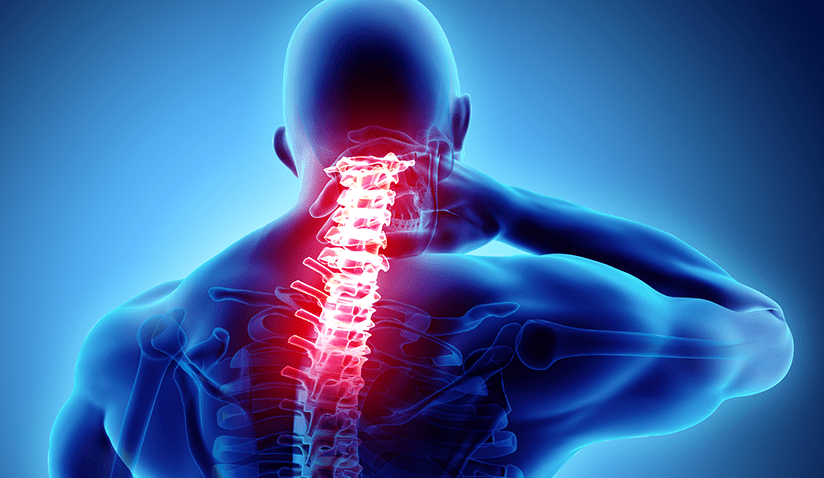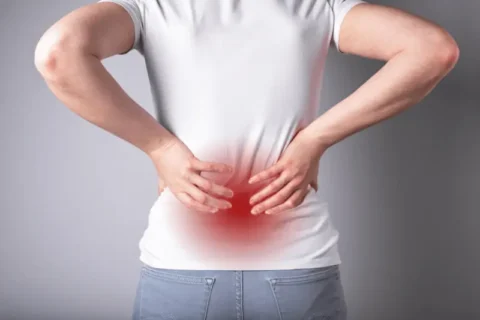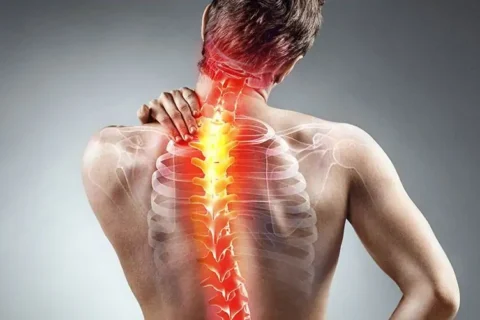Cervical spondylosis is one of the most common age-related conditions affecting the cervical spine. As the years pass, the discs in the neck lose water content, shrink in size, and become less flexible. This degeneration results in stiffness, bone spurs, and sometimes compression of the spinal nerves. Almost everyone above the age of 60 shows some level of cervical spondylosis, but the severity of symptoms can vary.
Some people may experience only mild stiffness while others may complain of continuous neck pain, tingling in the arms, weakness in the legs, or even numbness in the fingers and feet. In advanced cases, poor coordination, difficulty in walking, and bladder or bowel problems may also occur. If ignored, these symptoms may worsen over time, which is why timely cervical spondylosis treatment from the best doctor for cervical spondylosis in Delhi is crucial.
Causes of Cervical Spondylosis
The main causes behind cervical spondylosis include:
- Disc dehydration – Natural aging causes discs to dry out and lose cushioning.
- Herniated discs – When inner material pushes outward, it can press on nerves.
- Bone spurs – Overgrowth of bone in the cervical spine may compress nerves or spinal cord.
- Stiff ligaments – Reduced flexibility and neck pain due to hardened ligaments.
Apart from aging, other risk factors include poor posture, long hours of desk work, heavy lifting, previous injuries, and smoking. Genetics also plays a major role in this. Smokers especially are more prone to early cervical spondylosis because lack of oxygen accelerates disc degeneration.
Office workers who spend hours on computers, drivers who sit long in traffic, or people with poor sleeping posture often come to a cervical spine specialist with complaints of recurring neck pain. Early consultation for neck pain treatment helps to manage symptoms before they get worse.
Symptoms of Cervical Spondylosis
- Constant neck pain and stiffness.
- Tingling or numbness in arms, legs, or shoulders.
- Headaches starting from the neck.
- Loss of balance and difficulty walking.
- Weakness in the grip or difficulty lifting objects.
- Rarely, bladder or bowel dysfunction.
If you notice such symptoms, don’t delay. Our spine specialist doctor for cervical spondylosis can help you to identify the stage of the disease and suggest a personalized treatment plan.
Treatment Options
Most people with cervical spondylosis improve without surgery. The treatment usually includes:
- Pain relief and anti-inflammatory medications.
- Regular physiotherapy for strengthening and flexibility of neck muscles.
- Posture correction and ergonomic changes at workplace.
- Lifestyle modifications such as quitting smoking and doing light exercises.
- If these measures fail, surgery may be required. Surgical options include removing herniated discs, excising bone spurs, or performing fusion of vertebrae using cages or implants. Such complex surgeries should always be done by an experienced cervical spine doctor.
- In cervical spondylitis, problems like worn-out cervical discs and bony spurs (osteophytes) can press on the nerves and cause pain. Then in such cases, non-surgical methods like radiofrequency ablation helps to reduce the pain, while the latest surgical option like cervical artificial disc replacement (arthroplasty) helps to removes the damaged disc and replaces it with an artificial one to keep the neck moving normally.
Cost of Cervical Spondylosis Treatment in Delhi NCR
The cost depends on the stage of the disease and type of treatment chosen.
- Consultation with Dr. Sudeep Jain – ₹1500.
- X-ray of cervical spine – ₹600–900.
- At our centre, we believe in providing the highest quality diagnostic care at affordable prices. Our advanced 3.0 Tesla MRI offers very high-resolution imaging for accurate diagnosis, and is available at just ₹3,000, one of the most affordable options in Delhi NCR and MRI for Cervical Spine – ₹6000–7000.
- Physiotherapy sessions (6–8 sittings) – ₹3000–4000
- Cervical spine surgery is usually between ₹3-4 lakhs depending on the complexity.
- Apart from mediclaim, TPA, corporate insurance, and private health policies, we also provide cashless treatment for all major government panels and PSUs such as CGHS, ECHS, ESI, DGEHS, NDMC, MCD, Delhi Police, Delhi University, and many more. Most importantly, we are proudly empanelled with PMJAY (Ayushman Bharat), offering cashless treatment for patients carrying the Ayushman card.




